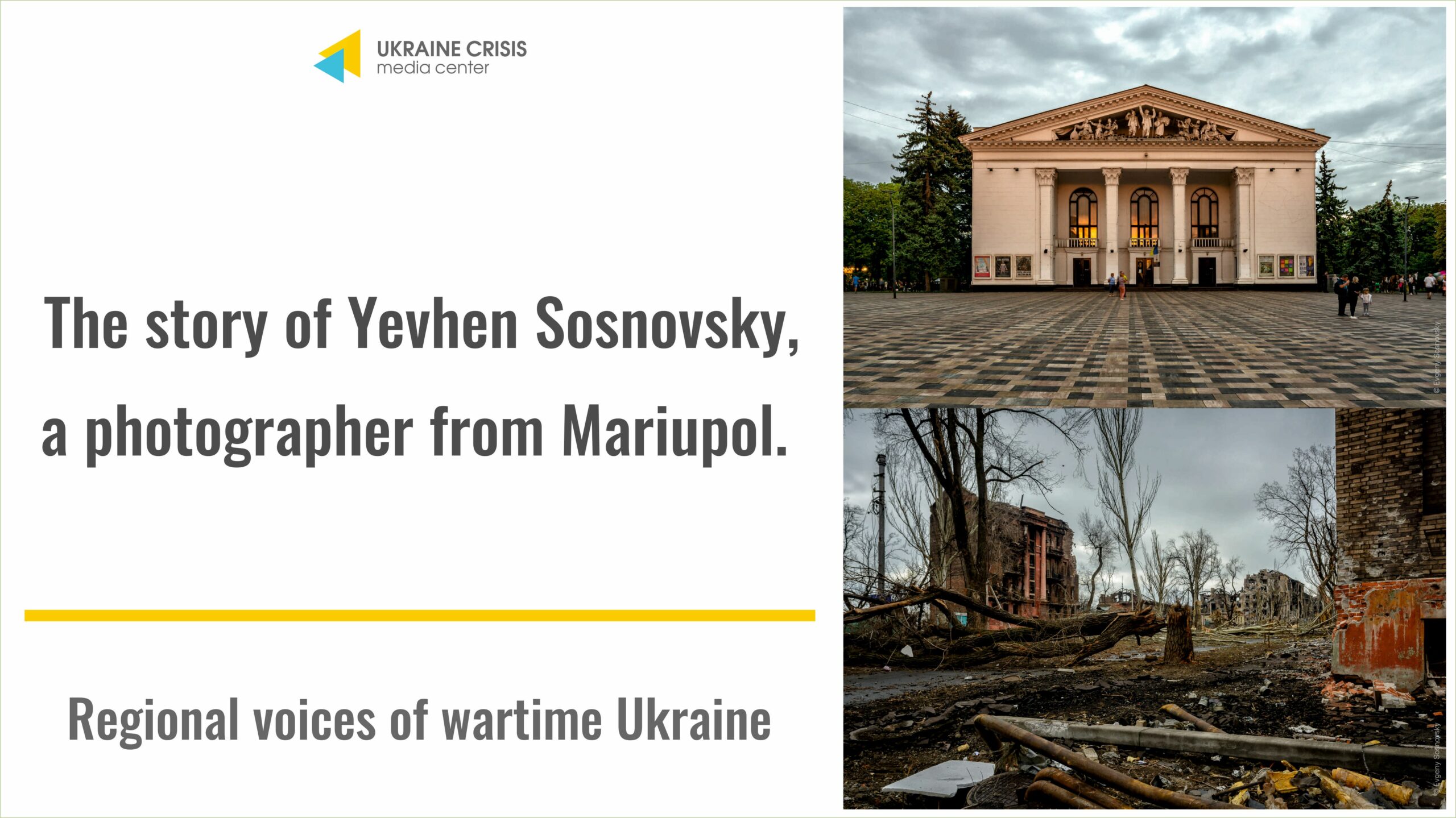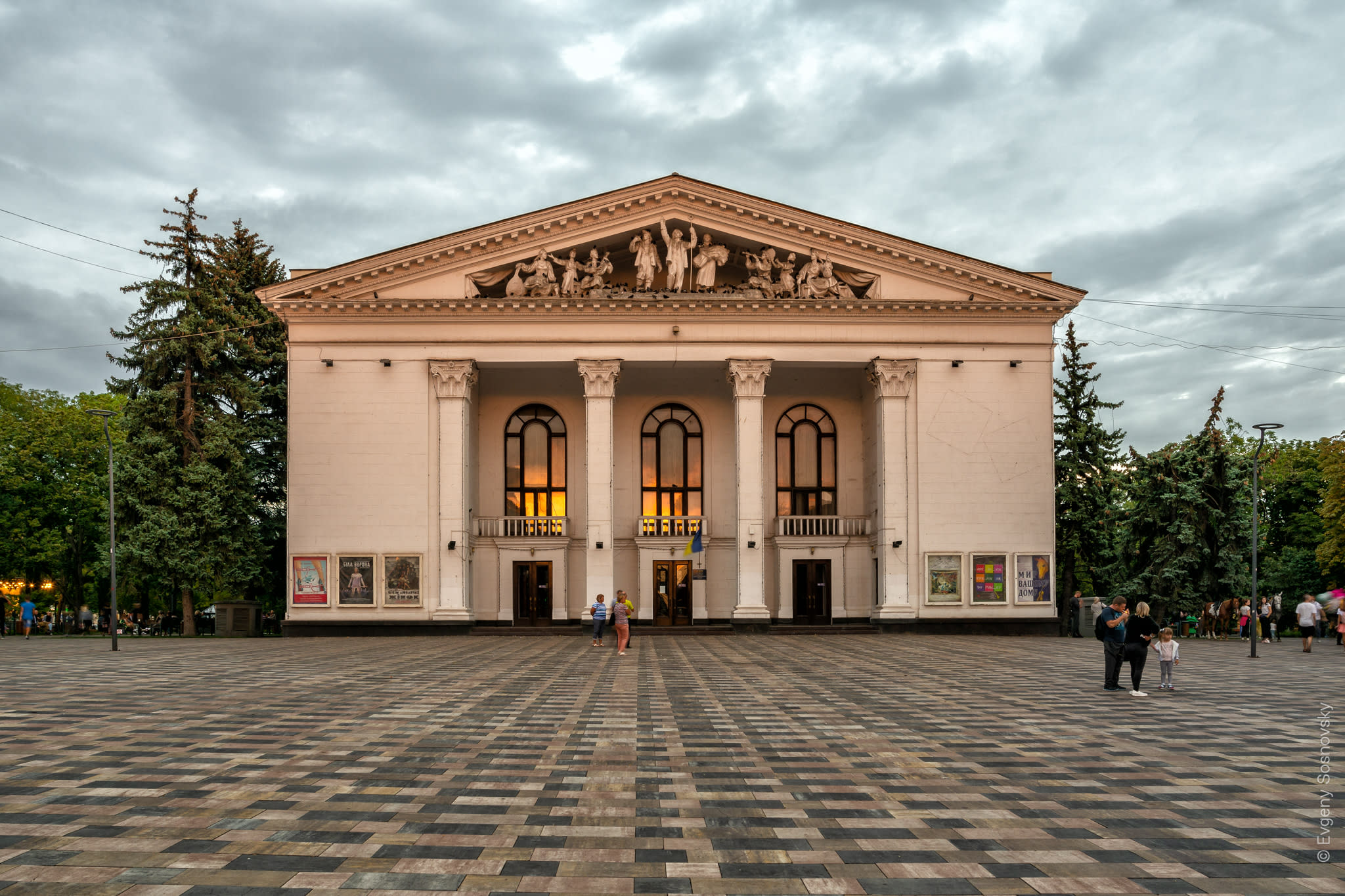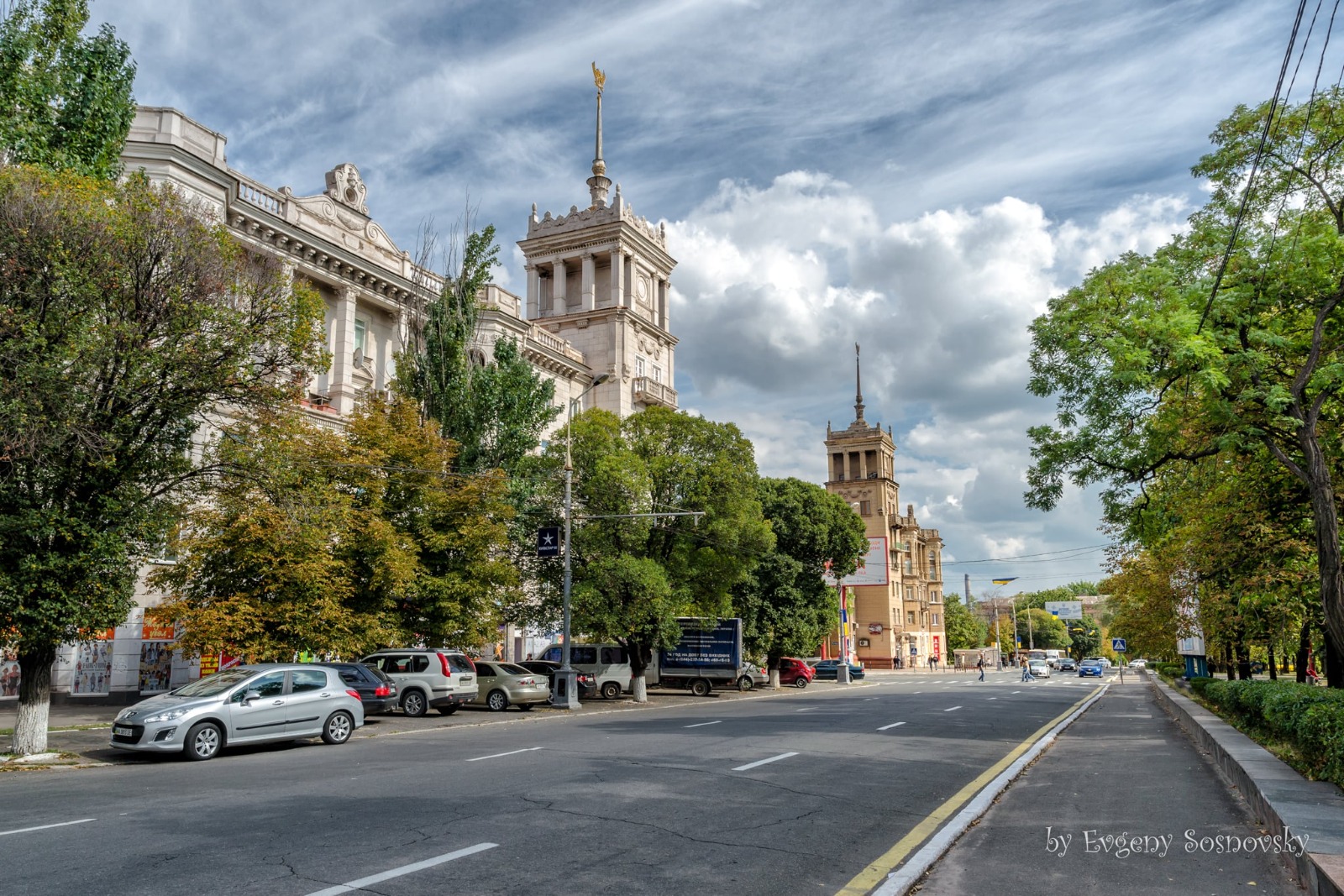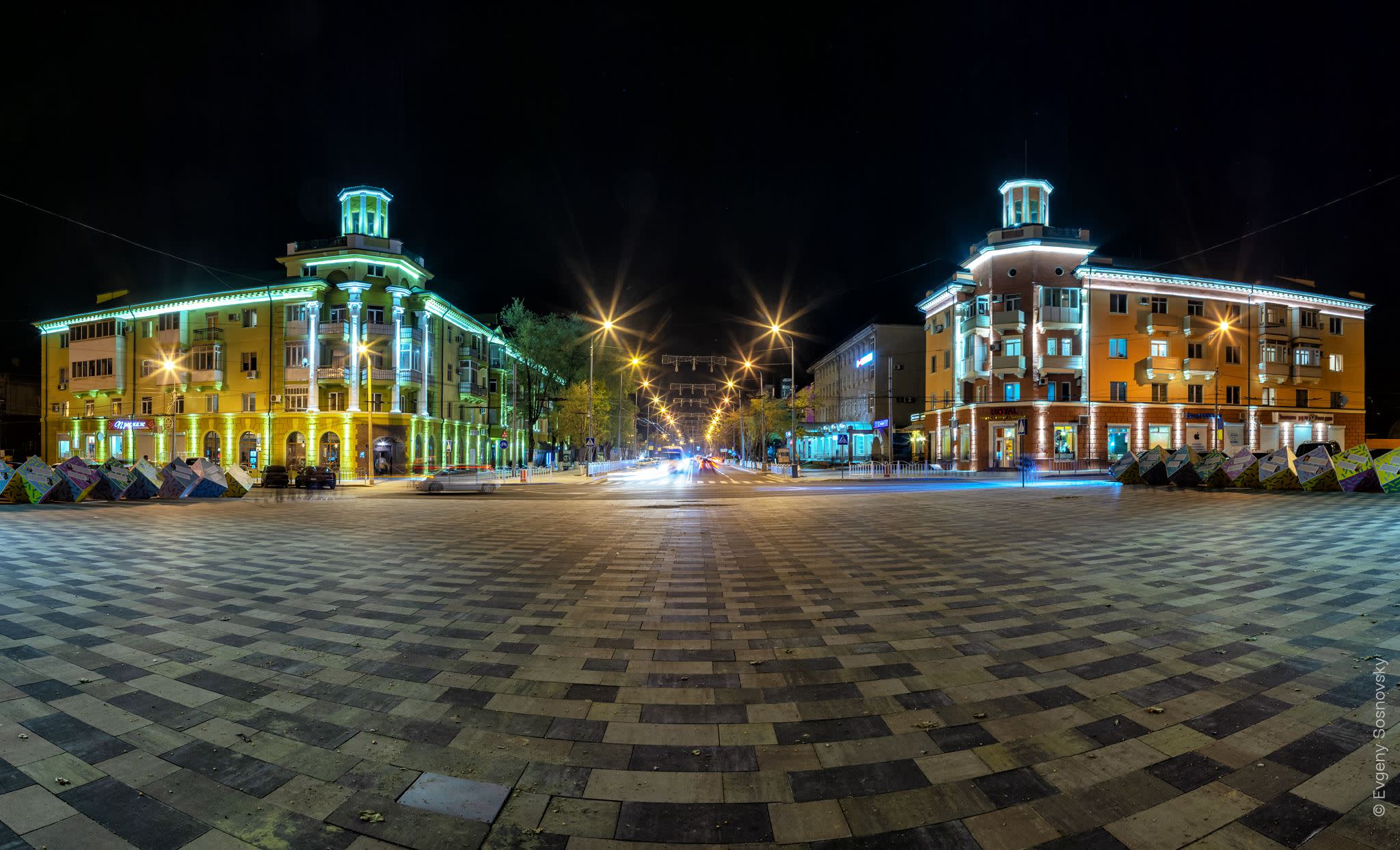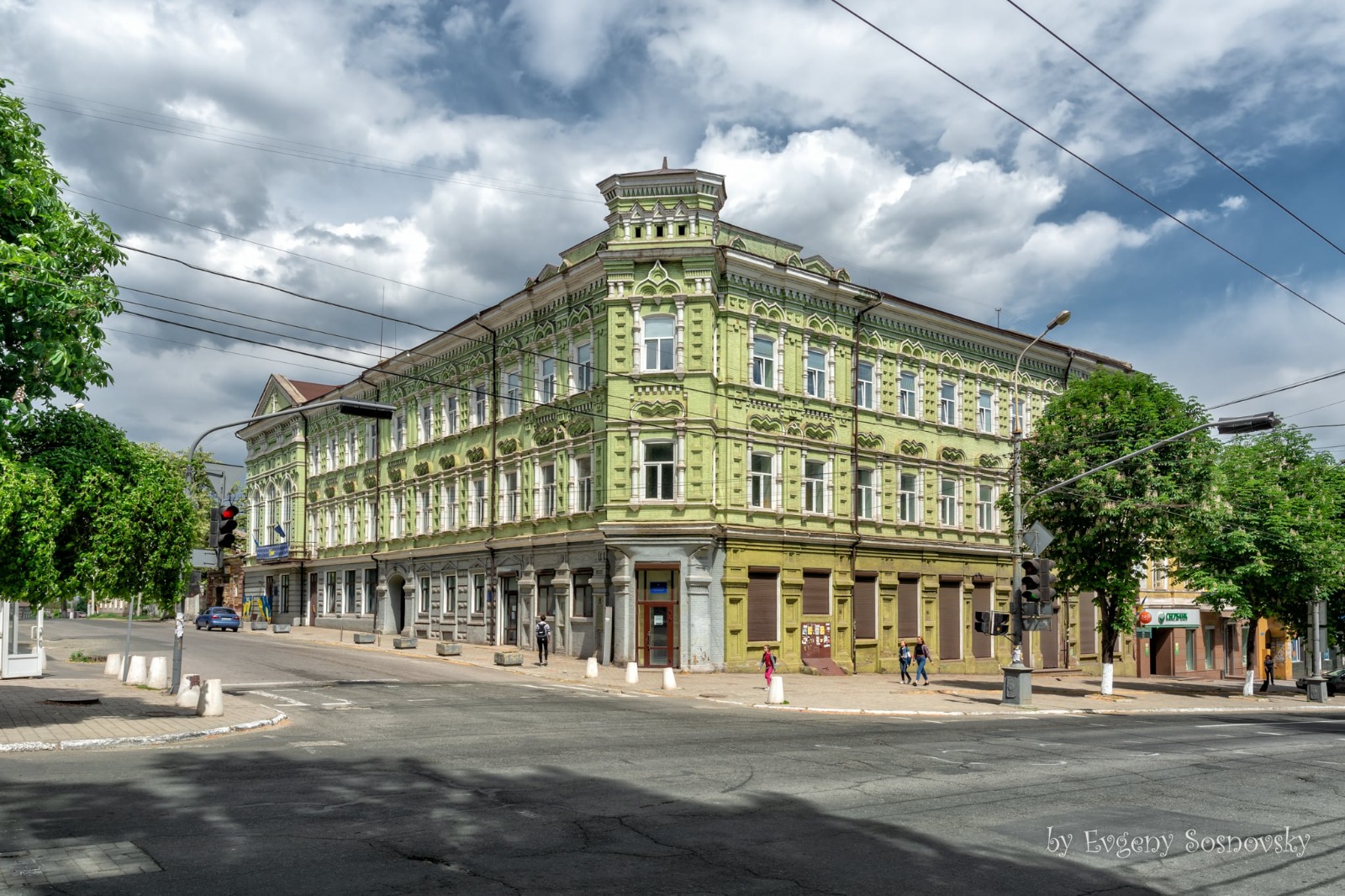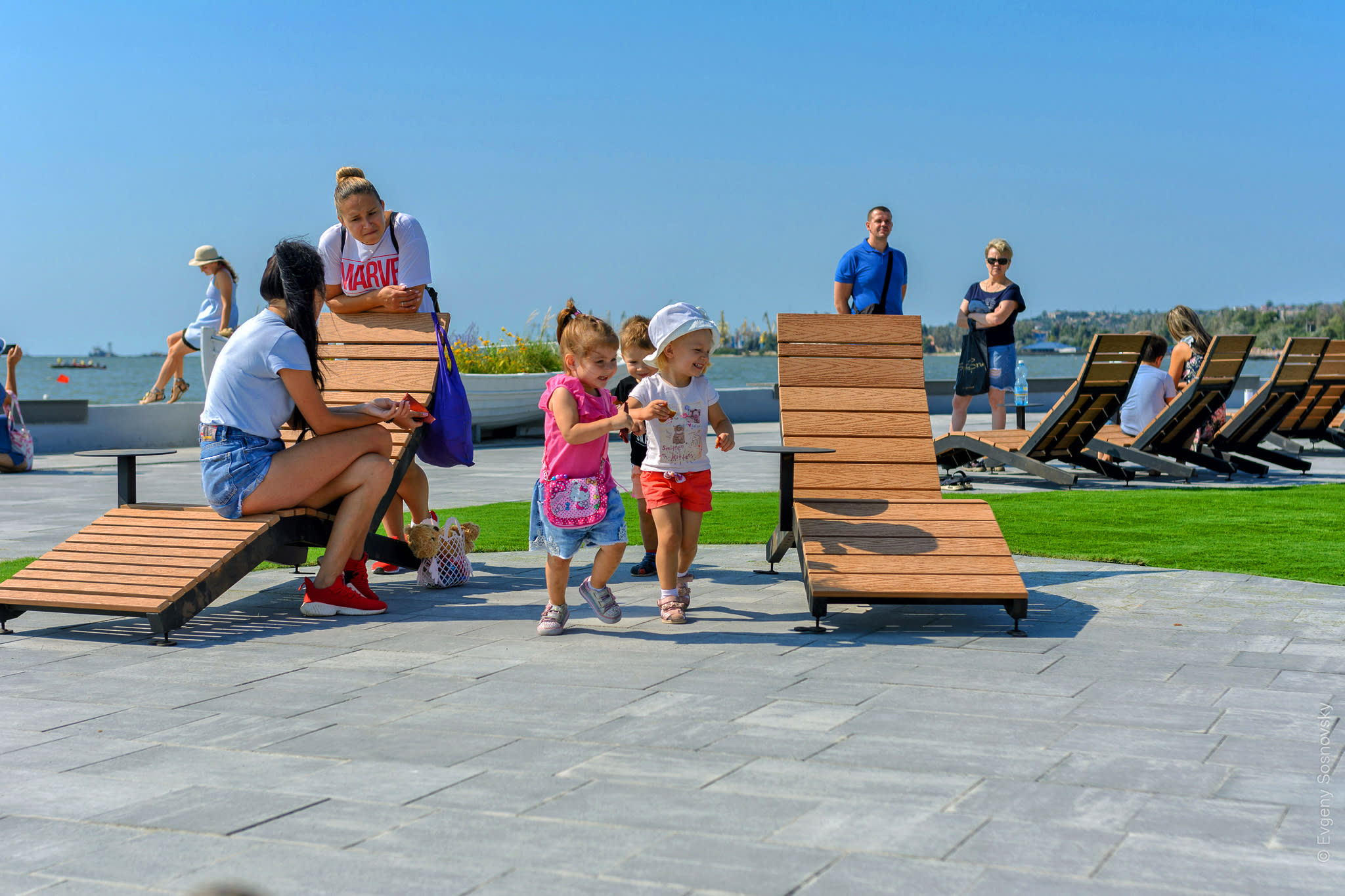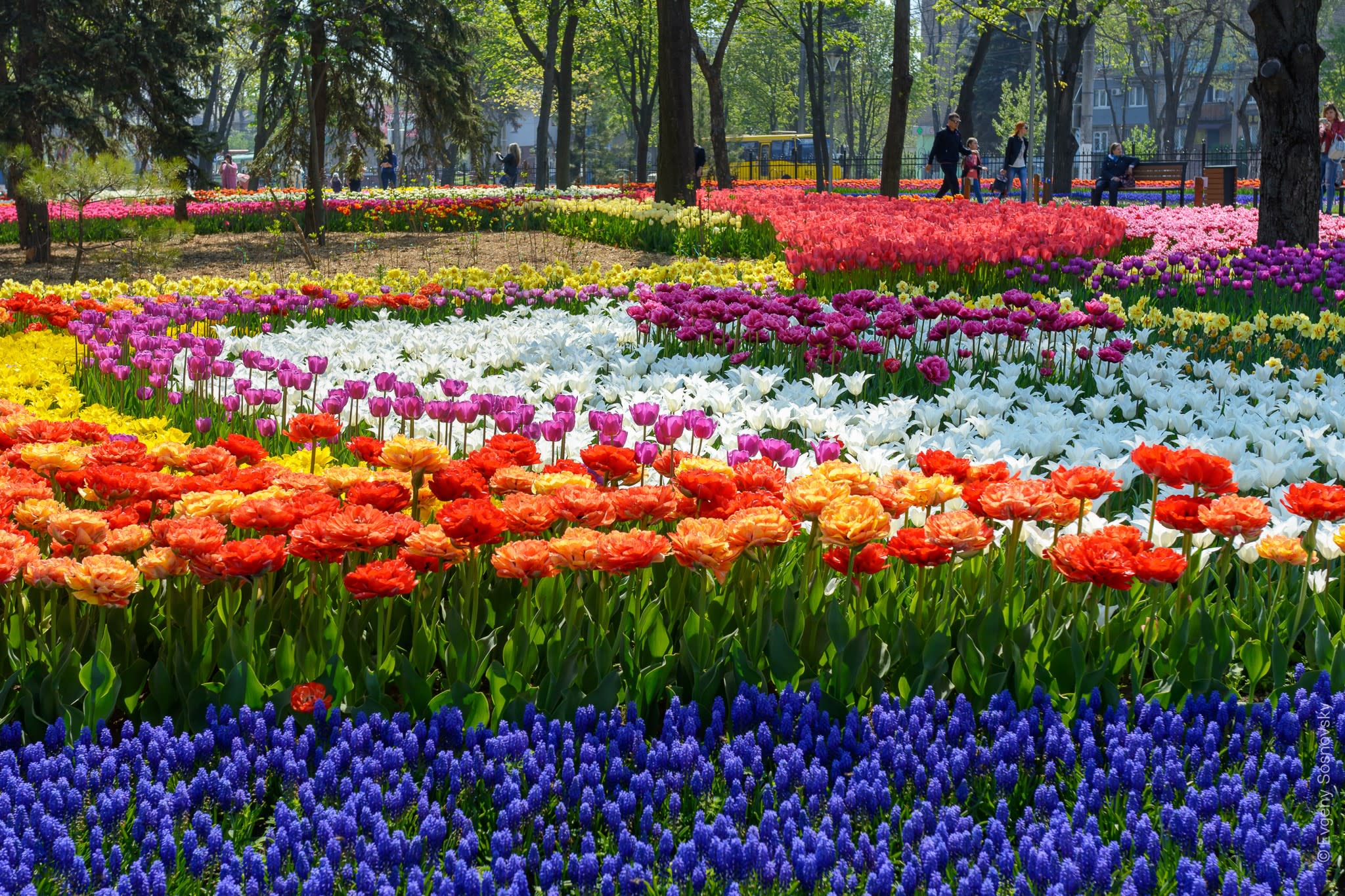We know about the war crimes committed by the Russians in the liberated territories, but we have no idea of the scale of atrocities in places where the occupiers have not been driven out yet. Mariupol is one of the symbols of Russian brutality in this war. We partly know what happened there in the spring of 2022 from the videos and photos that people took out from Mariupol, risking their lives. Photographer Yevhen Sosnovsky is one of those who were able to record and show the world Russia’s true bloodthirsty face.
Almost 58 years of Yevhen Sosnovsky’s life passed in Mariupol, the city where he and his children were born, where he worked, created, loved, and had to leave because of the war. It happened on April 30, 2022, on the 65th day after the Russian invasion began.
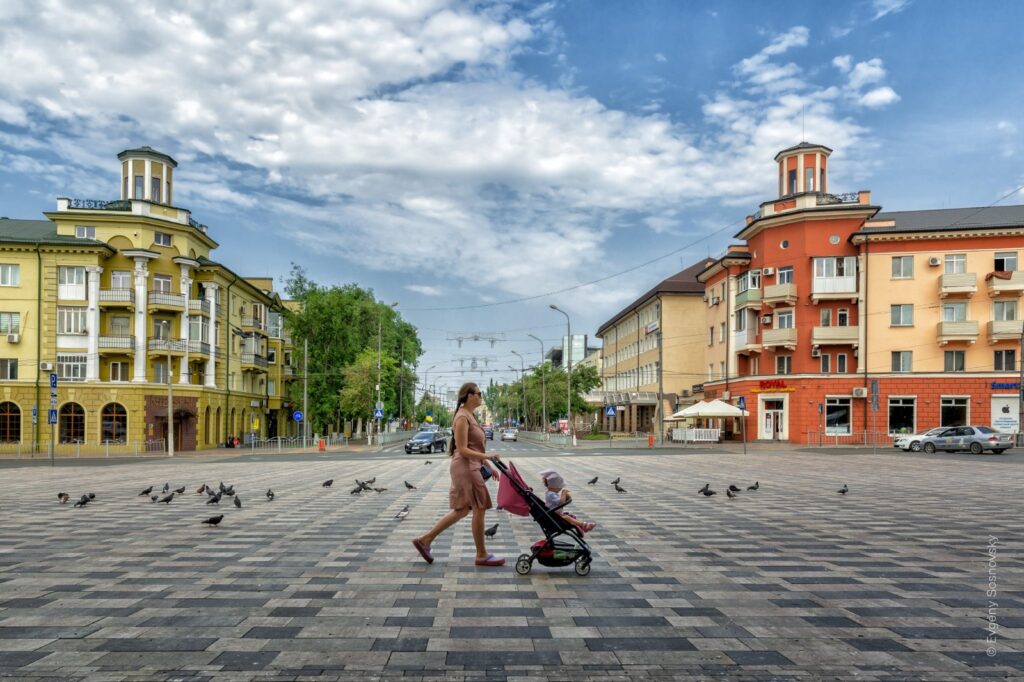
“Mariupol is a city with an interesting historical past, vibrant present and big plans for the future. It’s a city, which in recent years has turned into a true showcase of the renewed Ukrainian Donbas. And I’m sure it was one of the main reasons for the inhuman cruelty with which the Russians destroyed it: both the city and its inhabitants,” Yevhen says sadly, noting that today very little is said about Mariupol, about what happened there and what is happening now.
Many Mariupol residents would prefer to forget the terrible events they had to go through. Yevhen Sosnovsky would be happy to erase those horrors from his memory too, but he can accept neither oblivion nor silence about the Russians’ crimes against Ukraine and Ukrainians.
Pre-war Mariupol remains in Yevhen’s numerous photos. In 2014, he started his own photo projects “Such Beautiful People” and “Such a Beautiful City.” “In recent years, Mariupol changed a lot and turned from a provincial industrial town into a modern city with beautiful restored houses, squares, parks, fountains, IT hubs, and well-maintained beaches… It hosted national and international cultural festivals, welcoming a lot of participants and guests. Mariupol developed its own unique and recognizable brand. I enjoyed walking the city streets with my camera. I loved taking pictures of our Sea of Azov. I loved the city the way it was and the way it became. And I was confident about its future,” Yevhen shares his memories.

The full-scale war broke into Mariupol with particular cruelty and cynicism: the Russians bombarded it viciously, burned it, and drowned it in blood. Not everyone was ready to believe that such things could happen, and they knew that the city was thoroughly fortified by three lines of defensive structures. So people hoped that the occupiers would not capture it and stayed in their homes. Yevhen’s family also stayed behind, taking care of his wife’s 90-year-old mother, who was bedridden and could not leave at that time.
In early March, Mariupol was besieged. Russian troops were concentrated around it, fiercely shelling civilian neighborhoods with all kinds of weapons. On March 2, electricity, heating, and water went out. The temperature in the apartments dropped to 3-5 degrees. “But even in this situation, I still believed that Mariupol would be helped, the blockade would be lifted, and a parade of victory over the Russians would soon pass through the central Prospekt Myru. I hoped for it even after our residential area was shelled,” says Yevhen Sosnovsky.
On the evening of March 2, 2022 the family was at home. The whistle of the first shells was heard at around 5 p.m. The hits were dangerously close. The blast waves made window glass in the apartment buildings crumble. “We rushed into the corridor, away from the windows. We had a terrible feeling that a shell could hit our house, our apartment at any moment. And you wouldn’t even have time to realize what happened, you’ll just disappear —and that’s it…” the man recalls. However, the shells didn’t reach the Sosnovskys’ home at that time; instead they hit neighboring houses, yards, cars, and took human lives. The fact that there was neither military equipment nor soldiers nearby during the shelling did not matter to the enemy.
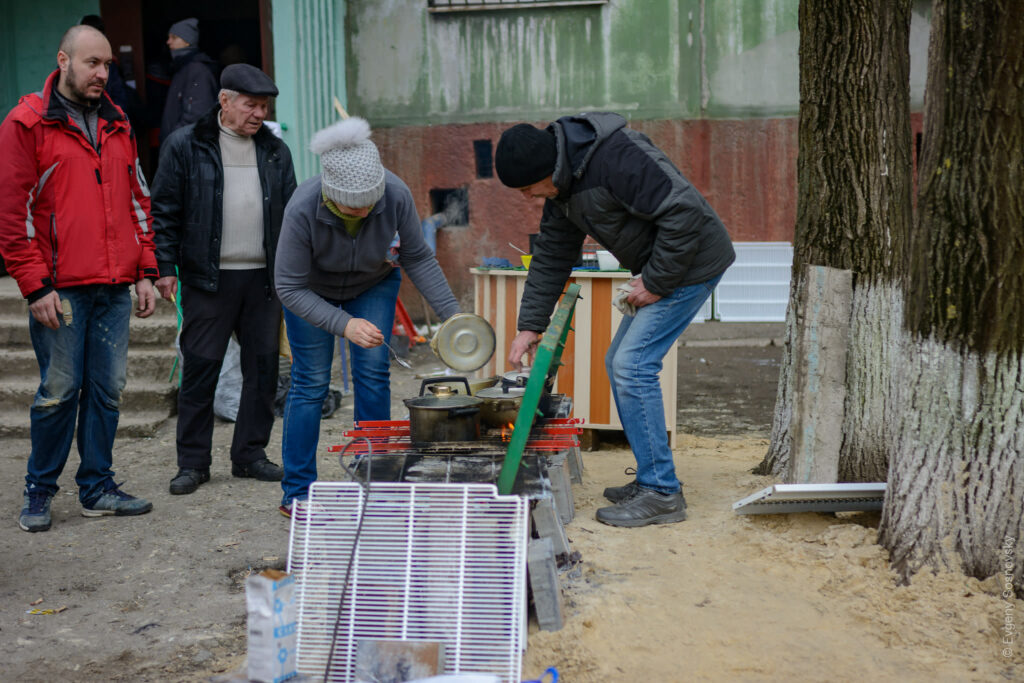
The situation in Mariupol was getting worse every day. On March 6, people were left without gas, so they had to cook hot meals on firewood in their yards. People began to bring everything they could use to cook, gathered together, supported each other, and kept believing in the best. They even celebrated International Women’s Day. For many families, it was their last holiday together…
Nature also blessed the people that day: there was thick, flaky snow falling that could be collected and melted into water. The “big brothers” greeted them with missiles.
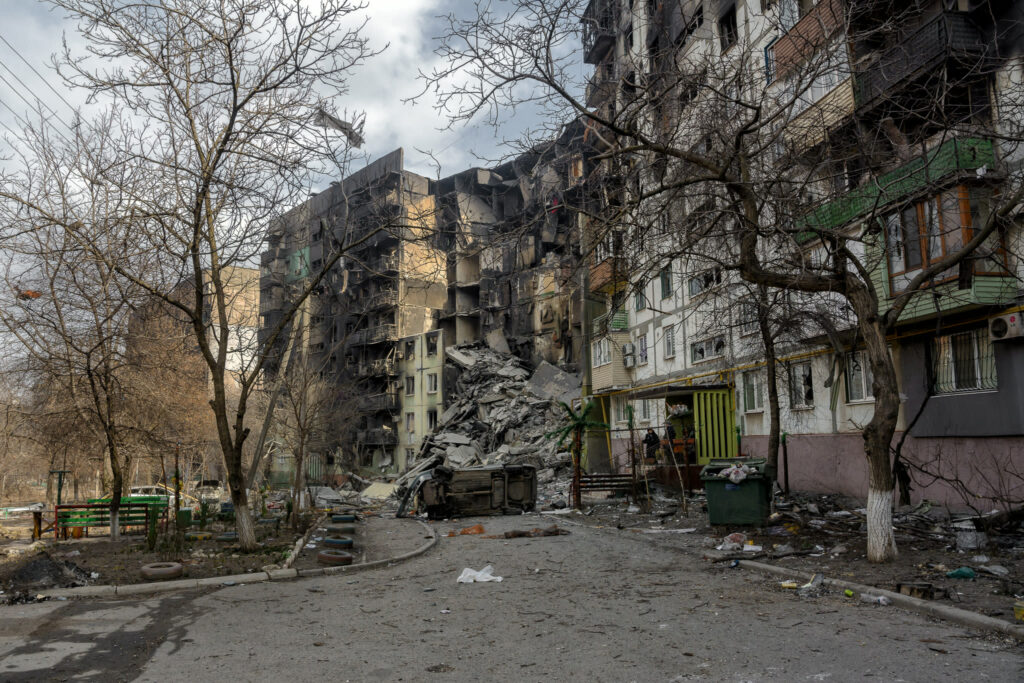
It so happened that the Sosnovskys lived close to the ill-famed Azovstal plant. And even closer to it, in a small house, there lived the 90-year-old mother of Yevhen’s wife, and in the same yard were the houses of other relatives — Yevhen’s brother-in-law’s family with their daughter Olena and her two children, one of whom was an 8-year-old boy Yegor, who later wrote his now world-famous Mariupol Diary.
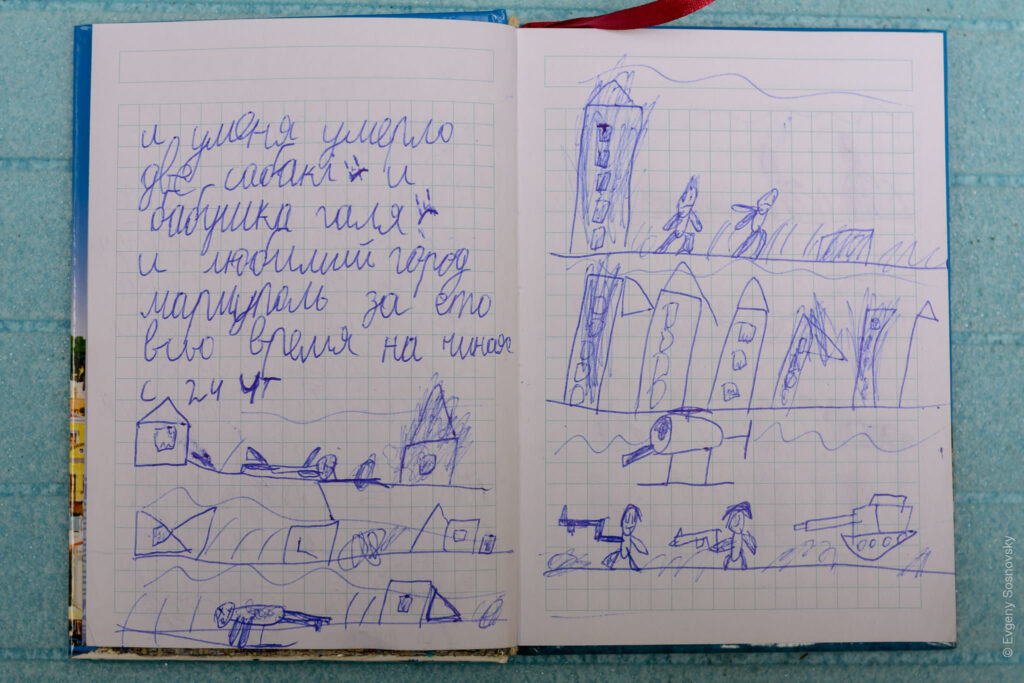
On March 15, the couple went to see the old woman. The trip ended almost fatally. Azovstal was bombarded with heavy artillery and airplanes. Soon, shells began to fall very close by, in the neighboring garden. One of them almost killed Yevhen: “I rushed to my mother-in-law’s house, but as soon as I ran inside, a shell hit and exploded a meter and a half from me. The last thing I heard was a loud explosion, followed by silence and complete darkness. For a moment, it seemed to me that it was the end…”
After regaining consciousness, Yevhen tried to move. Luckily, he wasn’t seriously injured, only contused. So he slowly got out from under the rubble — after the explosion, almost half of the building was smashed to pieces. There was some yellow fog around me with a very unpleasant smell. I couldn’t hear anything, but the main thing was that I was alive,” the man adds. Miraculously, his family also survived, having hidden in a neighboring house.
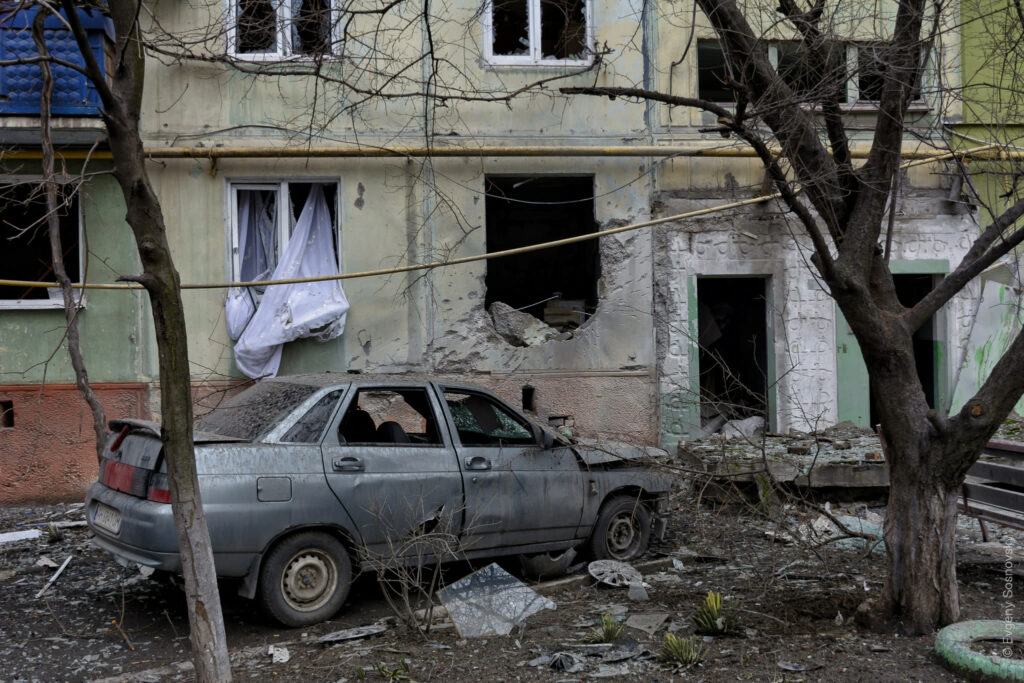
Every day, the Russians fired at everything they could get their hands on. And then it got even worse. They dropped a bomb on School 66, located next to the house where the Sosnovskys lived, — a “strategic military facility.”
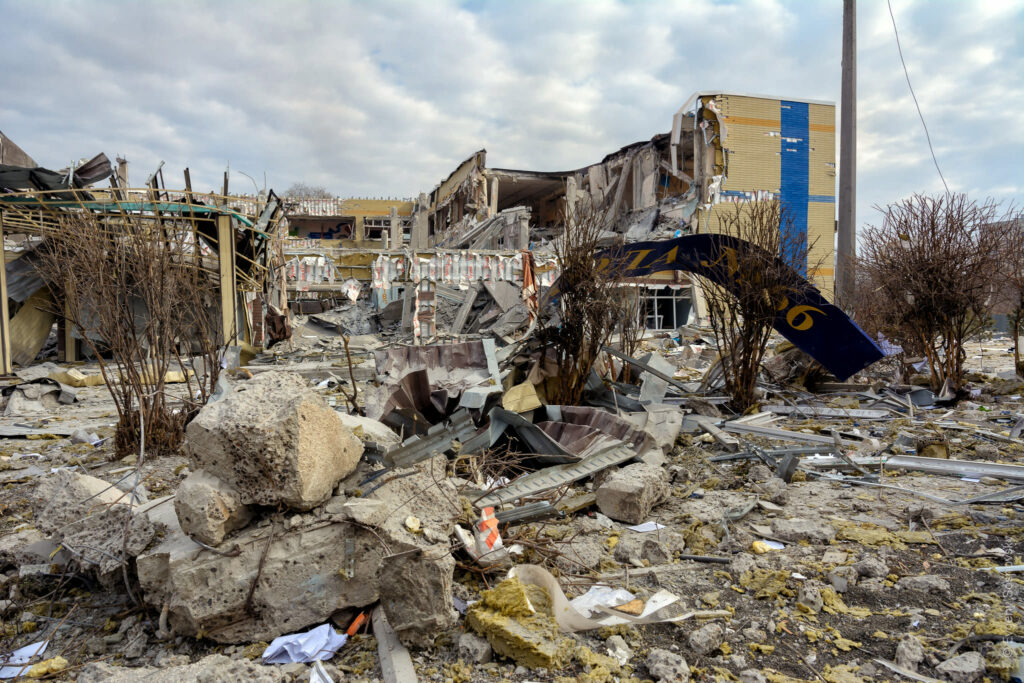
A few days later, on March 16, the Russians dropped a bomb on the drama theater, where hundreds of civilians were hiding from the shelling and wrote the word “CHILDREN” in huge white letters on the square. “My wife and I were near the theater 20 minutes before the explosion. I was going to go to Teatralna Square to film a field kitchen and water distribution. But something stopped me, and we went home…” says Yevhen.
On the morning of March 18, there was an unexpected knock on the Sosnovskys’ door. When Yevhen opened it, he saw his niece with two children. They were covered in dust and blood… “We were fired upon. We are wounded… We were hiding in the bathroom; a shell hit right there… Dad is also wounded. He couldn’t get up and stayed there…” the young woman could barely speak.
Yevhen and his wife rushed to examine the bandages hastily wrapped around the wounds. It was a horrifying sight: a piece of flesh had been torn from Olena’s arm, and she had two bleeding wounds on her legs. The skin and meat on her son’s back was torn off, and the girl’s head was badly cut. If they hadn’t dared to escape from that hell under fire, they might not have survived. Unfortunately, there was no medical help to be found: the hospital was destroyed, and there was intense fighting on the streets. So they cleaned the wounds themselves and let their relatives, who could barely stand the terrible, unbearable pain, stay at their place.
However, it was already becoming extremely dangerous to stay there because of the shelling. On March 20, when Yevhen went out into the yard, made up of six high-rise buildings, he saw a post-apocalyptic picture: all the houses, except the one he lived in and the neighboring one, had burned down.
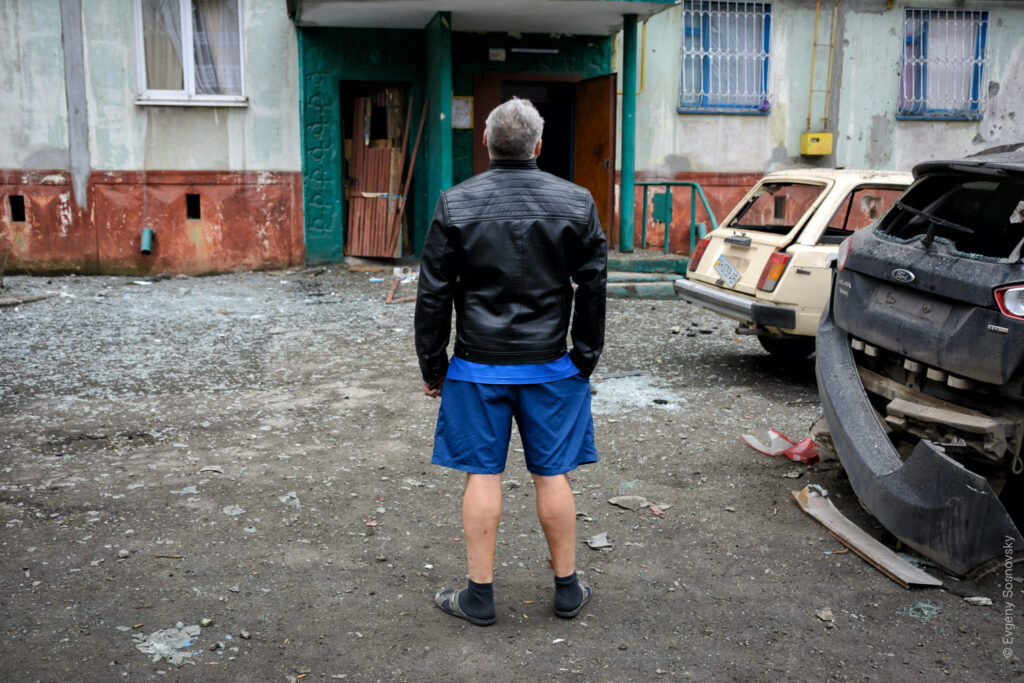
A new wave of shelling made him return to his apartment (on the first floor) and hide in the corridor. “The walls were shaking from shell explosions. From the screams of people in the building, we understood that a shell hit an apartment on the fourth floor, and a fire started in it. Someone shouted that we had to leave the building, someone offered to try putting out the fire. But at that time, a group of Kadyrov’s men broke in and began to drive people out of their apartments. They didn’t care that we had wounded children and a woman with us,” Yevhen recalls.
They threw everyone out of the house, without even letting them pack up any belongings. Yevhen grabbed only a bag with documents, a backpack with a camera, a small suitcase with things hastily thrown into it, and two thermoses of water. It was so difficult for Olena to move that she only had enough strength to reach the neighboring house and go down to the basement. They will spend the next two weeks there.
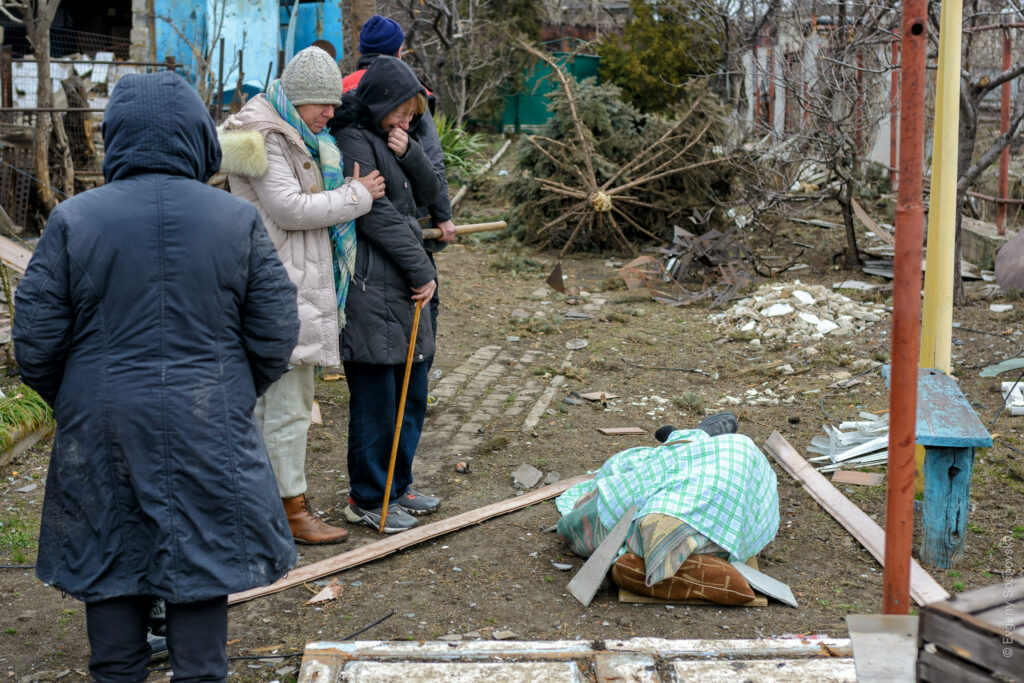
What they had to see and experience during that time weighed heavily on people’s hearts. Shelling, fires, murders, inconsolable grief of those who lost their relatives, hunger and cold, corpses of the unburied dead…
There was no food in the basement. To feed the children, Yevhen had to get out to the apartment the next day, hoping there were no occupiers there and there was food left. “But as soon as I saw what used to be our home, I realized that we had nothing left. There were only black walls and empty window frames left of the house we had lived in for over twenty years…”
As he entered his apartment, the man saw bare charred walls and ashes. The family was left without food. Actually, without everything they had. The only thing he could find was a piece of butter left in one of the basement rooms and a few nuts scattered under someone’s broken balcony. So he had to continue his search and go to Metalurgiv Avenue. What he saw was shocking. “Debris of houses, some things, broken wires, trees blown down by explosions were scattered everywhere. In one of the buildings there was a huge hole from the ninth to the first floor. We will probably never know how many people were buried under the rubble. In the middle of the avenue, next to the once popular bakery, there was a destroyed tank. The bakery was smashed, but as I walked by, I noticed what looked like candies on the floor near the entrance. I got inside and was lucky: it was really two candies. But when I headed for the exit, I saw a gun pointed at me. There was a group of Kadyrov’s men standing in front of me — five or six men. It seemed that in a moment, a shot would be fired…” says Yevhen.
Luckily, after an inspection and interrogation, Yevhen was released with the two candies they found. The next day, when people from the house saw that the family had no food, they brought a pot of hot soup. They also helped with medication and offered to do bandages in a ground floor apartment, where it was brighter and cleaner.
On March 26, they learned that Olena’s father had died from his wounds and lack of medical care. The next day, during a short period of relative calm, the Sosnovskys set out to bury their relative. Mariupol was horrifying with its ruins, burning buildings, mountains of corpses of civilians…
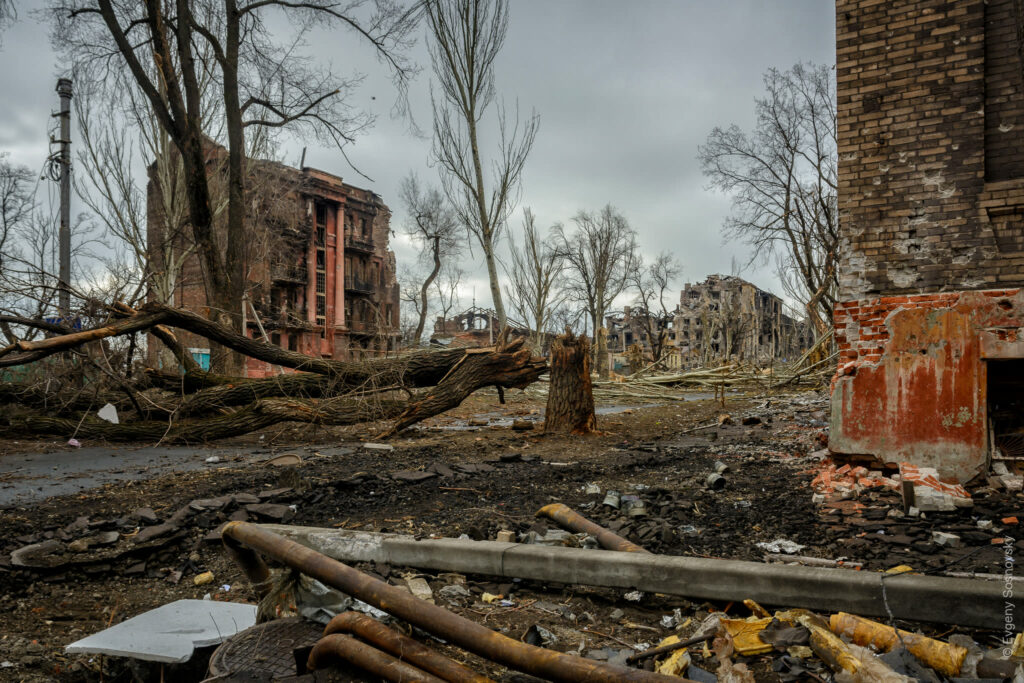
In late March, they had to leave their temporary shelter. A man from the house turned Yevhen in as a photographer-journalist who “always walked around taking pictures” to the mercenaries of the “MGB DNR” (a punitive body of Russian proxies in the East of Ukraine – Ed.), who rummaged through the yards and asked about local Ukrainian soldiers, police officers and other security forces who might have lived there.
Yevhen was interrogated. He had trouble convincing the militants that he had not photographed anything special, but had only taken a few shots while his friends were cooking lunch outdoors. To back up his words, he offered to go to the destroyed apartment and look at the remains of his burnt cameras.
So the Sosnovskys gathered their few belongings and moved in with Olena’s 90-year-old grandmother and mother. What they saw there is hard to describe in words. The Russians ruthlessly tried to destroy the last outpost, the Azovstal plant. All around were ruins and corpses. Yevhen tried to repair the half-ruined hut so that they could stay there.
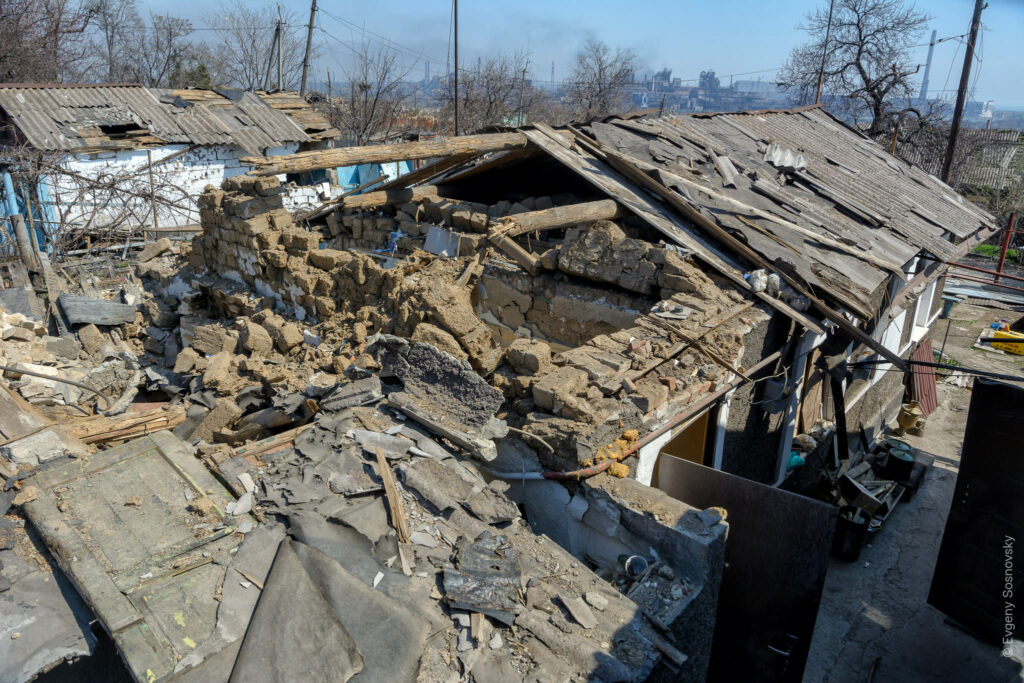
There was no connection with the outside world. What’s going on in the country? What’s happening outside this hell? A great find was an old radio set that caught Ukrainian Radio on medium waves. So on April 20, the Sosnovskys learned that an evacuation convoy of buses would leave from the Port City shopping center for Zaporizhzhia at 1:00 p.m. That is, in an hour… Miraculously, they managed to make it thanks to a neighbor whose car had survived. Yet, the buses didn’t come… More than two hundred people returned to their basements with sad, heavy looks. “Twice more, my wife and I, with her mother in a wheelchair, tried to get out of Mariupol. We stood for days waiting for evacuation, getting wet in the rain, freezing in the cold wind. And each time, Russia did not fulfill the agreements, and the buses did not come,” says the man.
Having lost hope of getting out by bus, Yevhen began looking for a private carrier, which was also extremely difficult. Finally, on April 30, they left the city and headed for Zaporizhzhia via Polohy and Orikhiv. They didn’t manage to reach Zaporizhzhia that day. As fighting continued near Orikhiv, they went to Tokmak, where they stopped at an IDP assistance center in a local church. “There, for the first time in two months, we saw a glowing light bulb and water flowing from a faucet. There we were given food and a place to rest. All evening I kept taking delicious fresh bread out of the basket and couldn’t get enough of it…” Yevhen recalls.
They made another attempt to get to Zaporizhzhia from Tokmak, this time together with a UN evacuation convoy, which was taking people out of the Azovstal plant and was supposed to pick them up at the city’s outskirts. They waited for evacuation in the rain all day in vain… They were able to get out only after finding a driver who agreed to take them and a whole group of others to the regional center at his own risk.
However, it wasn’t the only challenge, as then there were numerous checks at checkpoints. Yevhen was carrying photo archives on hard drives and a memory card with pictures of Mariupol after the full-scale Russian invasion began. Of course, he did his best to somehow “encrypt” and hide the most “dangerous” shots of the Azov soldiers, marines and others. Yet, it was a deadly risk…
Obviously, things were meant to be so that Yevhen had to not only survive, but also show the world his photos taken in Mariupol. And he did it once he was in a safe place.
“Yes, we lost everything we had. But we survived and remained Ukrainians. Of course, it is hard to start life almost from scratch at 57. But it was unbearable to be there, in occupied Mariupol,” Yevhen notes, and despite everything, he doesn’t lose faith that Mariupol will become Ukrainian again and people scattered all over the world will be able to return to their homeland. Will Yevhen himself return there? He doesn’t know yet. The only thing he has left there, apart from the inescapable pain, is his parents’ graves. “And the sea”…

Author: Yuliia Berezhko-Kaminska.
All photos by Yevhen Sosnovsky.
Supported by the U.S. Embassy in Ukraine. The views of the authors do not necessarily reflect the official position of the U.S. Government.

